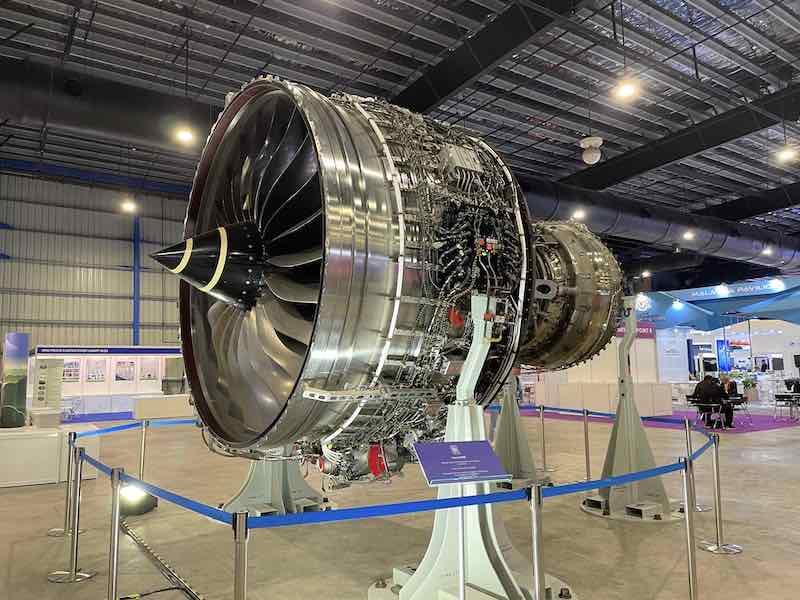
The Trent XWB, on display here at Singapore Airshow, is one of the engines that Rolls-Royce is working to upgrade.
Credit: Guy Norris/Aviation Week
SINGAPORE—Rolls-Royce has unveiled new details of a broad upgrade effort for its Trent 1000, 7000 and XWB engine family aimed at significantly improving durability and bolstering its longer term market position in the widebody sector on the Airbus A330neo, A350 and Boeing 787 programs. The move...
Subscription Required
This content requires a subscription to one of the Aviation Week Intelligence Network (AWIN) bundles.
Schedule a demo today to find out how you can access this content and similar content related to your area of the global aviation industry.
Already an AWIN subscriber? Login
Did you know? Aviation Week has won top honors multiple times in the Jesse H. Neal National Business Journalism Awards, the business-to-business media equivalent of the Pulitzer Prizes.
